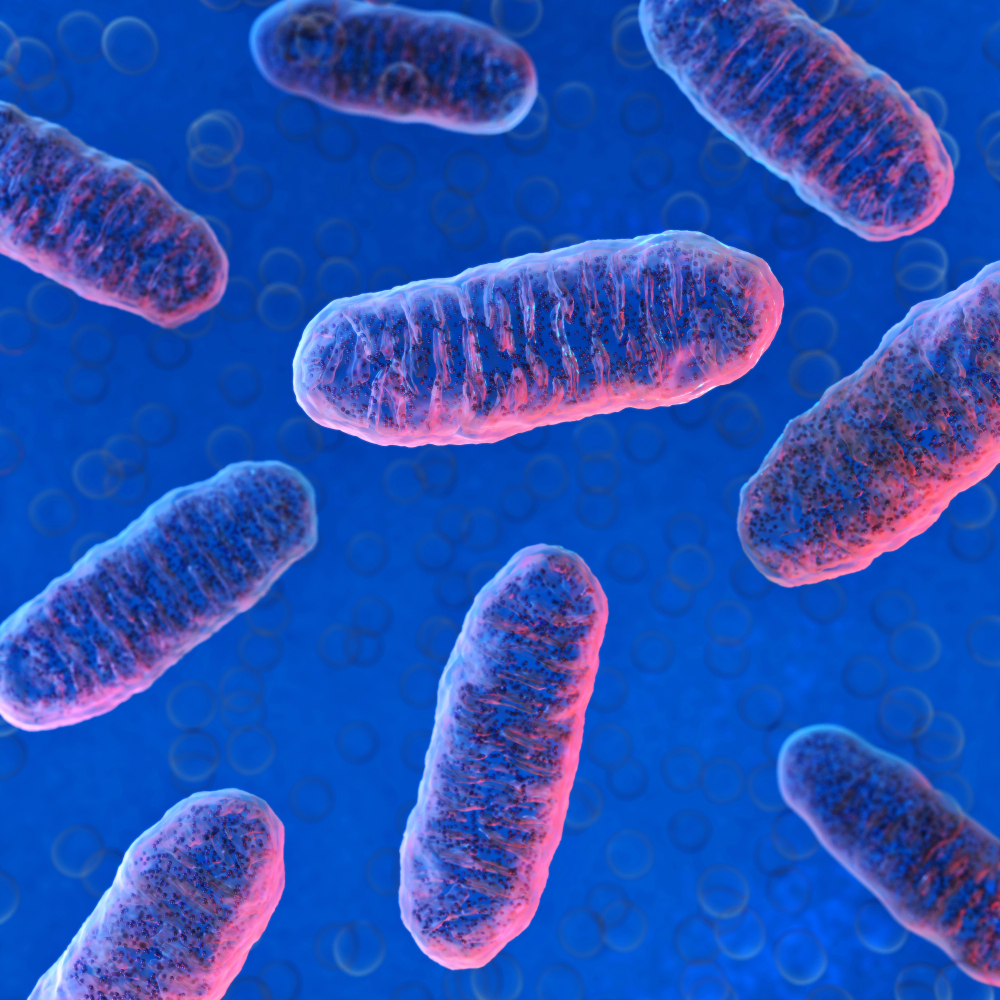Protein’s Inability to Bind, Stabilize Mitochondrial Membrane Drives Optic Atrophy, Study Suggests

Mutations in the OPA1 gene result in optic atrophy by disrupting the ability of a key protein to bind and stabilize the inner membrane of mitochondria, according to new research.
Optic atrophy can cause problems with vision, including blindness.
The study, “Structure and assembly of the mitochondrial membrane remodelling GTPase Mgm1,” appeared in the journal Nature.
The balance between fusion and fission is key for the proper function of mitochondria, the cell’s power plants. These organelles have an outer membrane and an inner membrane, where the enzymes required to produce ATP — the molecular “currency” of energy — are found.
Yet, in neurodegenerative diseases, such as Alzheimer’s and Parkinson’s, mitochondrial fission and fusion are imbalanced, which leads to progressive loss of nerve cells, Katja Faelber, of the Max-Delbrück-Centrum for Molecular Medicine, in Berlin, and one of the study’s first authors, said in a press release.
“[T]he mitochondria don’t always function so perfectly,” said Faelber, of the MDC’s crystallography department.
The proteins Mgm1, found in fungi, and its counterpart OPA1 — found in humans and other mammals — are key players in the remodeling of the inner mitochondrial membrane. Mutations in the OPA1 gene lead to optic nerve atrophy, one of the most common causes of congenital blindness.
Studies in yeast and mammalian cells had indicated that mutations in Mgm1 or lacking OPA1 are associated with fragmented mitochondria. That suggested that these two proteins have an important role in inner-membrane fusion. Both Mgm1 and OPA1 also are involved in proper mitochondrial structure. However, how they perform their functions remained unknown.
Mgm1 and OPA1 have diverse sub-units, one of which — the stalk — is critical for the deformation of the membrane. “We were especially interested in the stalk, because Mgm1 assembles via this unit into filament-like structures,” said Oliver Daumke, PhD, one of the study’s senior authors and a group leader at the Max-Delbrück-Centrum.
To better understand the role of Mgm1 — from the fungus C. thermophilum — in the structure and remodeling of the inner mitochondrial membrane, the team generated a 3D model of the protein structure. They did so using a technique called X-ray crystallography. Then, using another method known as cryo-electron microscopy, the scientists studied the membrane-bound form of Mgm1.
This led to the discovery of a previously unknown domain of Mgm1 — named “paddle” — containing a membrane-binding site. Biochemical and cell-based experiments revealed that, with help from the BSE domain, the stalk mediates the assembly of the four sub-units of Mgm1 into helix-like filaments, while also showing the contact sites that are key for this assembly.
Subsequent work at Saarland University Medical Center, in Homburg, Germany, replaced certain amino acids in the identified contact surfaces to determine their importance for the stabilization of the inner mitochondrial membrane.
“Indeed, the protein lost its function,” Daumke said. “The mitochondria did no longer form the characteristic invaginations of the inner membrane and did not fuse with each other.” Instead, many small fragments remained and the mitochondrial genome — independent from the one in the cell’s nucleus — was lost.
A group at the University of Geneva, in Switzerland, then tracked the attachment of Mgm1 to artificial membranes in real time, using fluorescence microscopy.
“The surprising new observation was that the protein binds not only to the outside of artificial membrane tubes, but also to the inside,” Faelber said. “In fact, this geometry corresponds to that of the invaginations of the inner membrane.”
“Our findings convey how Mgm1 and OPA1 filaments dynamically remodel the mitochondrial inner membrane,” the scientists said.
Daumke said the results help explain “which processes are impaired throughout the course of optic atrophy disease in the eye — how mutations in the OPA1 gene cause the dysfunction of the protein.” These findings may one day lead to a treatment, he added.






